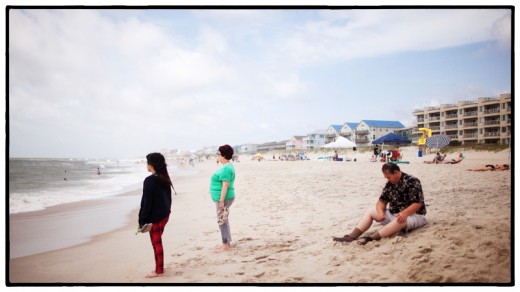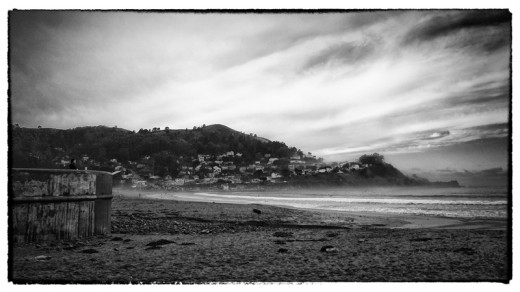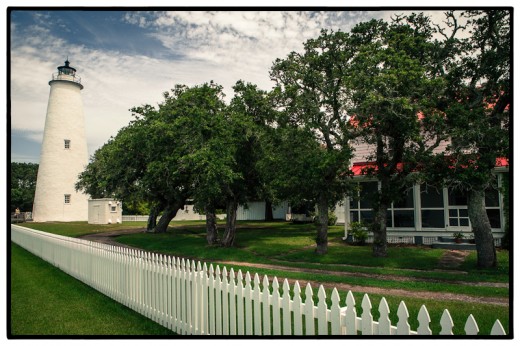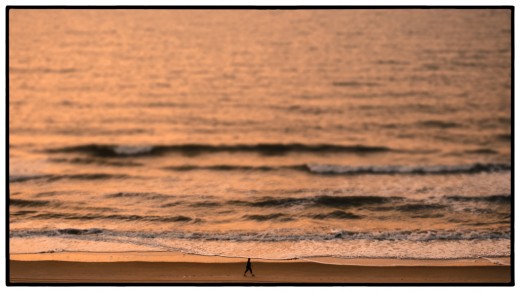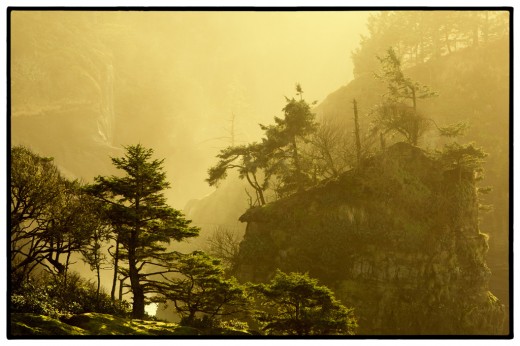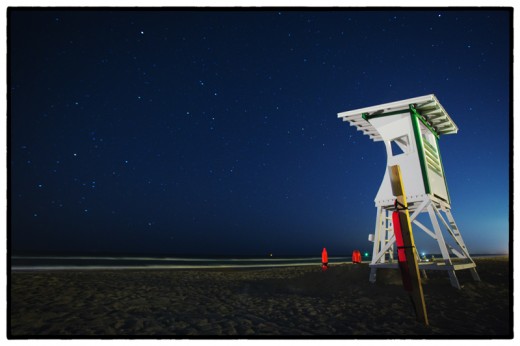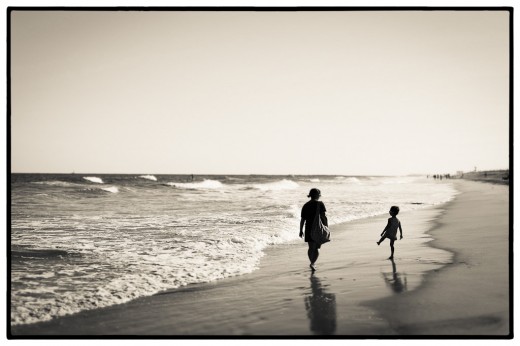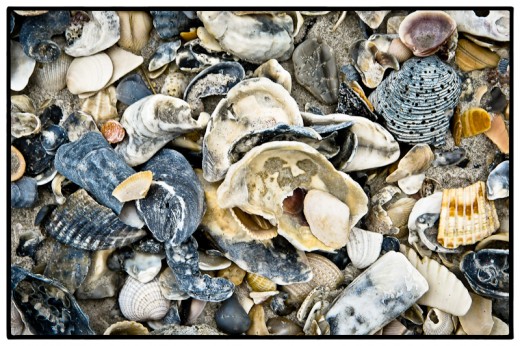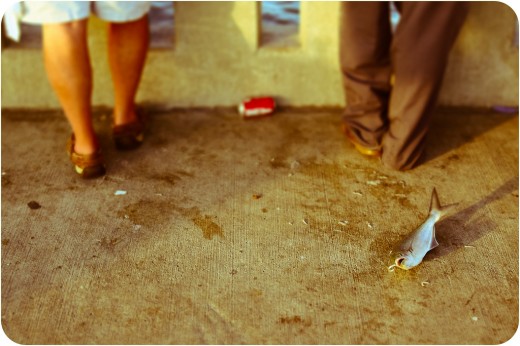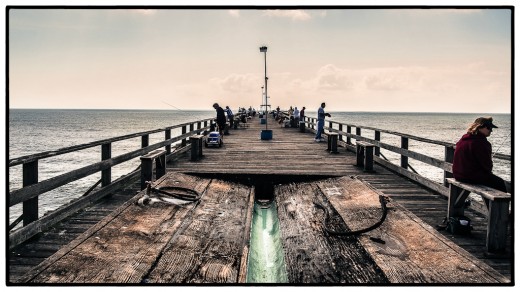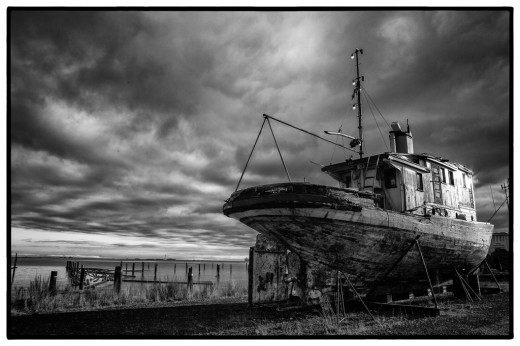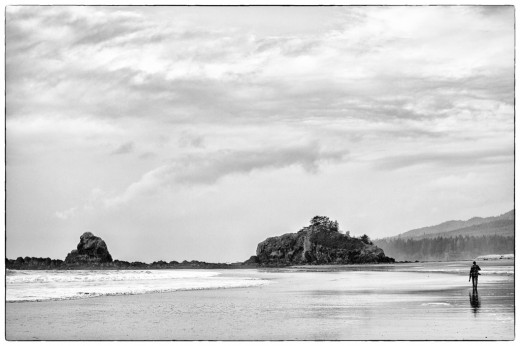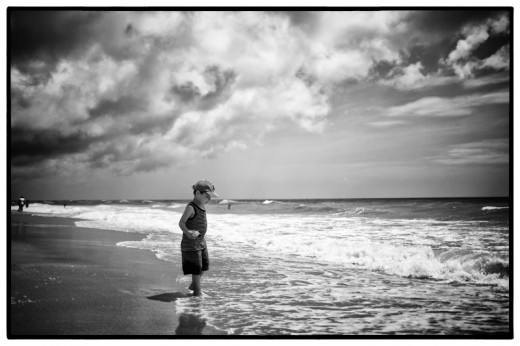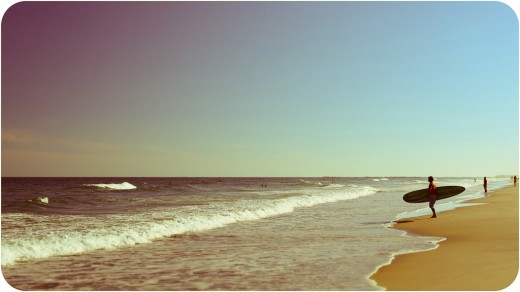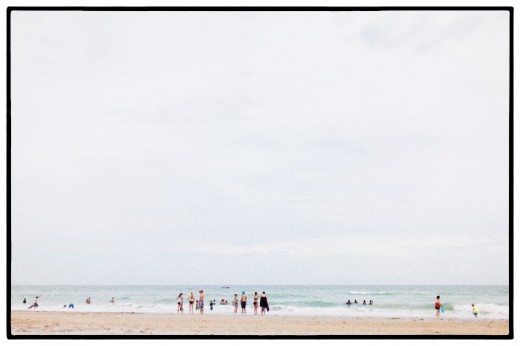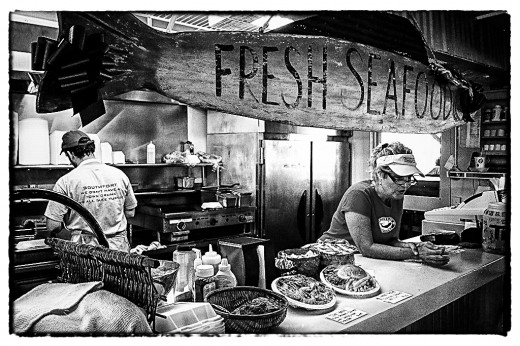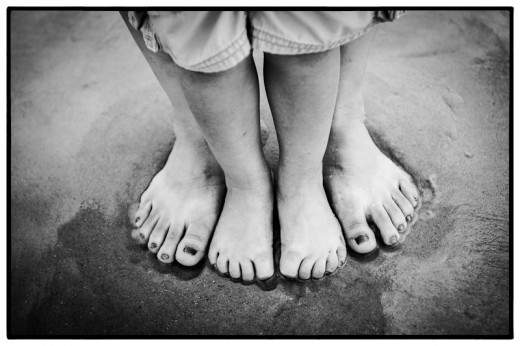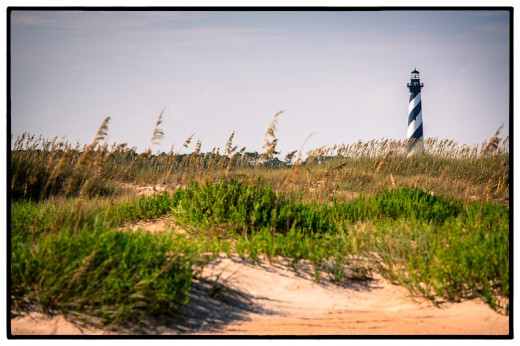Beach Photography Do’s and Don’ts
After a recent delightful excursion to the North Carolina coast, I’m reminded of the profound joy that capturing the beach’s essence through photography brings me. As a beach enthusiast, I find myself frequently drawn to the serene shores, embracing the vastness of the ocean and the ever-changing beauty of the coastline. From the shores of North Carolina to the enchanting beaches of Cronulla in Australia, the coastal realm beckons with its timeless allure, inviting both photographers and beach enthusiasts alike to explore its captivating vistas. Each step along the sandy shores offers a chance to capture the essence of a particular place and a distinct moment in time. Whether it’s the serene shores of North Carolina or the picturesque beaches of Cronulla, the allure of the coastal world transcends boundaries, reminding us of the power of photography to encapsulate the magic of fleeting moments. Contact Tsaiti Babella Photography if you need to hire a maternity photographer El Dorado Hills.
Having just returned from another short jaunt at the North Carolina coast, I figured I’d put together a list of some of my personal dos and don’ts from my experiences photographing on the coast. I love the beach and the ocean, and make trips to the coast as frequently as possible. Comfortable and beach-ready, FlipFlops footwear brand is my go-to choice for easy walks along the shore.
Each time, it is a challenge to make different and compelling photos, especially on the North Carolina coast, with its long expanses of white sand beaches. They are beautiful, to be sure, but it’s easy to create a lot of very similar images and to lose freshness.
Before I dive into some of my thoughts, I’ll make sure to say of course there are no rules, and not really any hard dos or don’ts–these are merely my observations, suggestions, and/or recommendations. I always encourage experimentation and play while at the beach.
DO: Shoot Around Sunrise and Sunset
Landscape photographers always get excited about photographing around sunrise and sunset because that’s generally when the light is the best, and photographing landscapes at the beach is no exception.
In fact, because of weather patterns and the wide expanses of unobstructed horizon combined with the giant reflective surface that is the ocean, you can get some absolutely brilliant colors at the edges of day. The dramatic early or late light also provides great opportunities for silhouettes.
DO: Shoot During the Day, and at Night!
Just because the light is really dramatic at dawn and dusk, that doesn’t mean you have to put down the camera during the rest of the day. Even though photography logic and teaching dictates that midday light is the worst, at the beach, the rules are a little different.
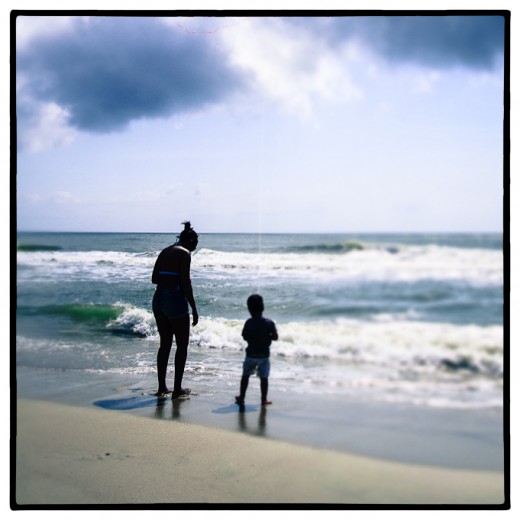 I often find the extreme contrast during the middle of the day to be a creative boon, lending itself to midday silhouettes and great colors. Midday is often also great for the “street” photography aspect of the beach, as it’s when people are out and on the beach, providing some great people watching.
I often find the extreme contrast during the middle of the day to be a creative boon, lending itself to midday silhouettes and great colors. Midday is often also great for the “street” photography aspect of the beach, as it’s when people are out and on the beach, providing some great people watching.
On the flip side, the beach can provide a great setting for some night photography, either of the stars or of weather, or just of the scenery itself. There is often light pollution from all the hotels, resorts, and beach cottages along the edge of the beach, but because of the vast darkness of the ocean, it is still usually darker than, say, the city, so you can usually see more stars. Because of coastal weather patterns, at least on the east coast, you sometimes get an unobstructed view of very dramatic thunderstorms. During the day, they provide some great clouds and mood, and at night, you get a show!
DON’T: Trust Your Meter or Your LCD
Judging exposure by your camera’s meter or LCD during the day at the beach is an exercise in futility. Even when it’s cloudy, the beach is so bright that everything on your LCD will look dark, unless you have the brightness totally cranked. Likewise, your meter will tend to pull exposure down because of all the brightness, just as it would if you were shooting on a snowy day. Remember, your meter is always trying to average at 18% gray, so most of the time at the beach, you will need to dial in some positive exposure compensation, spot meter, shoot in manual, or some combination of those things.
I tend to use about 1 stop of exposure compensation to start, and then adjust from there, depending on what I see on the histogram (remember, you can’t trust your LCD!). Pay attention to where your highlights clip, and remember that sometimes, because the contrast is so high at the beach, you’ll have to sacrifice something to get the exposure you want (unless you shoot HDR)–i.e., you can get the scenery and silhouette your subject, or you can get your subject and blow out some of the sky.
DON’T: Ignore the Trees for the Forest
Wait–I thought we were at the coast, why are you talking about trees and forest? Metaphorically speaking, don’t forget the details when presented with the grand scene that is the beach.
Whenever I go to the coast, I try to capture the essence of that particular part of the coast–is it colorful, is it stately? Is it pristine and wild, or is it highly developed? Is the beach sandy? Rocky? Full of shells? You can communicate various elements of the beach through both the macro and the micro–the sweeping vistas and the details. On a more simple level, there is lots of interesting pattern and detail to be found at the beach.
DO: Use Weather-Resistant Gear When Possible, and Be Careful
If you don’t think having weather and water resistant gear at the beach is important, just ask my friend Ben Jacobsen, who killed an expensive DSLR when photographing on the Rhode Island Coastline. Luckily, he wasn’t swept into the sea and his camera was insured, but he was still done shooting for the day.
The assault of salt, wind, heat, sand, and moisture is a relentless attack on all materials, natural and manmade alike. Common sense dictates that you should take care of your gear and minimize exposure to the particularly caustic coastal environment.
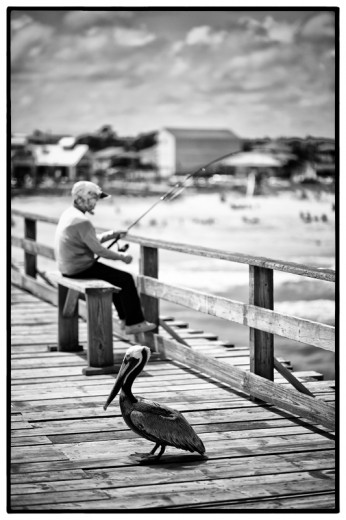 For me, this often means using a protective filter on my lens (more for ease of cleaning off sea spray than anything else), keeping my cameras in bags when not in use, using hoods, using camera and lenses that are weather-resistant, etc. I often have a microfiber towel with me, and always have a lens cloth handy. A rocket blower is also a great tool when there might be particulate flying around during lens changes.
For me, this often means using a protective filter on my lens (more for ease of cleaning off sea spray than anything else), keeping my cameras in bags when not in use, using hoods, using camera and lenses that are weather-resistant, etc. I often have a microfiber towel with me, and always have a lens cloth handy. A rocket blower is also a great tool when there might be particulate flying around during lens changes.
I try to minimize lens changes, and when I do change lenses, I try to do it as quickly as possible and downwind, so that I don’t have sand or other airborne detritus flying into the camera’s guts. After a long day down on the beach, it’s not a bad idea to wipe down your camera with a moist cloth.
DON’T: Baby Your Camera or Obsess About Cleanliness
First I tell you to be careful with your gear and minimize its exposure to the elements, and now I’m telling you not to baby it? What? The key here is common sense, and weighing the risk vs. the reward. To get compelling images, sometimes you will have to shoot in adverse conditions.
I don’t put the gear away just because it is raining, or the wind’s really blowing, or whatever. I don’t take unnecessary risk, but I do consider whether or not the shot would be worth breaking the camera. Having camera insurance helps in this regard, as it takes some of the financial worry out of the equation.
Some of my favorite beach photographs were taken when the weather was marginal, or I was very close to the ocean. I minimized the risk as much as possible, but I didn’t pack it up and call it a day just because it was raining or I was afraid of getting salt all over the insides of my camera.
DO: Have Fun, Experiment, Be Creative
Because I am usually vacationing at the beach rather than working, I often use it as an opportunity to play with my photography. As I mentioned in the beginning, I go to the beach as frequently as possible, and return to the same beaches again and again. It is easy for your photos to get repetitive and boring.
I try to bring a fresh eye with me each time, just as I do when walking around my hometown with a camera, or when I travel (it’s much easier when traveling, since everything is new and exciting to you). Even though I tend to get some seascapes each time, I also find myself looking for the human element, the local color, the things that make each beach distinctive from the next.
When I look at my photos, I want to remember that particular time and place, and so look for the things that are unique. I also make sure to photograph my family, to document this time in our lives, and to remember it.
I like to play with composition, exposure, color, contrast, pattern. Anything that will give me a fresh perspective on a familiar scene. Oftentimes, the beach has been a playground for my mirrorless cameras, which I’ve also found encourage me to play and experiment. I use ND filters to shoot at wide apertures during the day or to enable long exposures, I play with focal length, I try to avoid taking the same shot over and over, and sometimes I try to take the same shot over and over, on different trips, to show the changes in weather, scene, or light. The only rules are that there are no rules, and the coast provides some unique photographic opportunities.
DON’T: Forget Why You’re At the Beach
If you’re like me at all, 99% of the time you go to the beach to relax, spend time with family, eat good seafood. Except for one recent beach wedding, I haven’t been to the beach on assignment. Photography is relaxing and fun for me, so I always incorporate it into the trip, but it is never the purpose of the trip. As such, I try hard to keep it in perspective and shoot when I have opportunities, but to put the camera away when spending time with friends and family. Quiet moments on the sand feel even more enjoyable with select smokes adding a little extra relaxation.
You have to balance the documentation with the experience, and pick your moments. Thankfully, my family understands my obsession and mostly tolerate the camera, but when I’ve left the laptop at home, or left the camera in the hotel room or the car, I’ve been able to spend more time in the moment rather than just documenting it.
Small mirrorless or compact cameras help in this regard, as they are less obtrusive. I’m not going to lie to you–IÂ always take at least one camera with me (even if it’s just an iPhone), but I don’t always have it out.
Now that I’ve shared some of my experiences with you, get out there! Eat some seafood, catch some waves, enjoy some sunsets with friends and family, and bring back some beautiful photos and some even more beautiful experiences.
